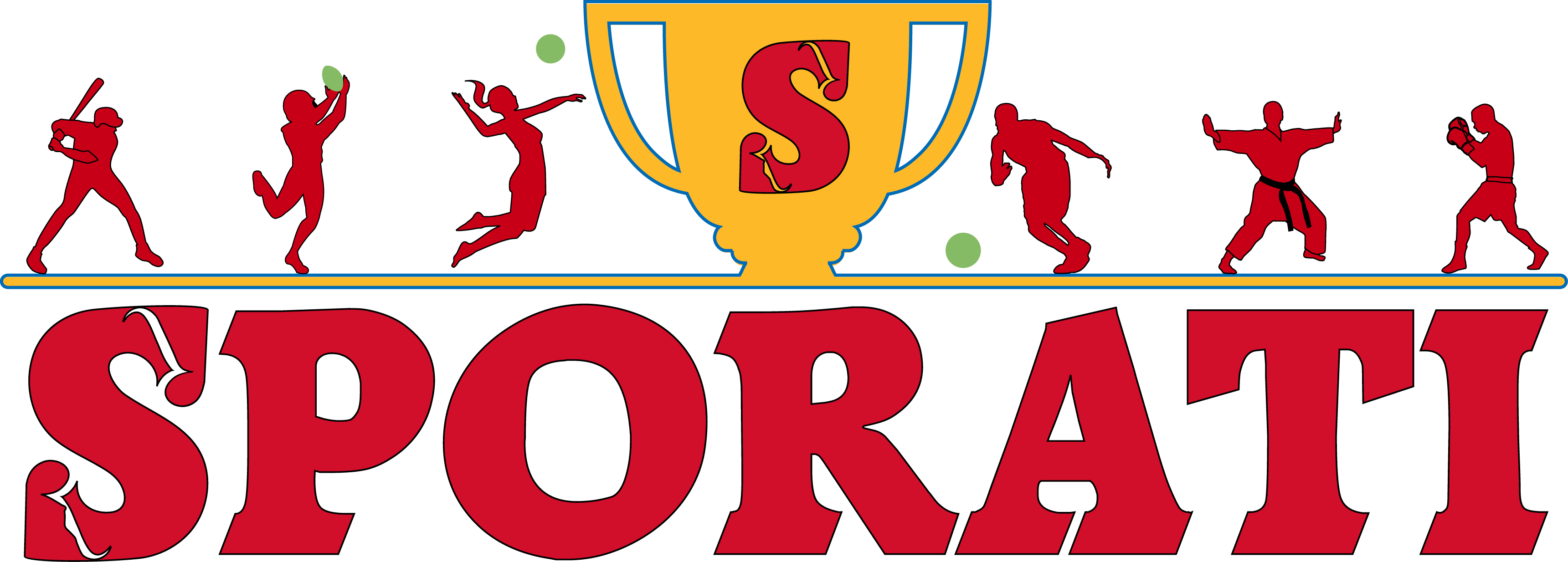Hidden Tech Gems in Italy’s Olympic Mountain Towns to Explore Before 2026
Best Italian Alpine Towns
Italy’s majestic Alps have long been a paradise for winter sports enthusiasts, blending world-class skiing with breathtaking landscapes and rich culture. But in 2026, these snowy peaks will reach new heights as they play host to the Winter Olympics, shining a global spotlight on Italy’s iconic alpine towns. If you’re looking to visit destinations that offer both Olympic history and an unforgettable mountain experience, these five Italian towns are guaranteed to impress.
Cortina d’Ampezzo – The Queen of the Dolomites

Nicknamed the Queen of the Dolomites, Cortina d’Ampezzo is a legendary ski destination that has been dazzling visitors for decades. This chic mountain town, famous for its blend of glamour and adventure, first hosted the Winter Olympics in 1956 and is once again set to welcome the world in 2026.
- Boasts some of the most scenic ski runs in Europe
- Offers high-end shopping, exquisite Italian dining, and après-ski charm
- Home to the epic Tofane slopes, where Olympic events will take place
Cortina is more than just a skier’s paradiseit’s a cultural hub where mountain beauty meets Italian sophistication. Whether you’re hitting the slopes at Sorapiss or simply enjoying a warm espresso with the Dolomites towering overhead, this town embodies alpine luxury.
Bormio – Thermal Hot Springs and Racing Legends

While Bormio is best known for its downhill runs, this Lombardy treasure is also famous for its natural hot springs, providing the perfect post-ski relaxation. The historic town will host alpine skiing events in 2026, cementing its reputation as a top-tier racing location.
- Legendary Stelvio downhill coursea favorite among elite racers
- Rich history dating back to ancient Roman thermal baths
- Charming medieval streets lined with cozy Italian trattorias
There’s something magical about skiing world-class slopes and then unwinding in the soothing thermal baths surrounded by snow-capped peaks. For those who love adventure with a touch of indulgence, Bormio is the ultimate retreat.
Livigno – A Snowy Playground for Athletes

Nicknamed “Little Tibet” due to its high-altitude, Livigno is a dream come true for winter athletes and powder lovers. This vibrant town will showcase freestyle skiing and snowboarding during the 2026 Winter Olympics.
- Unmatched freestyle and backcountry ski experiences
- Tax-free shoppinga shopper’s paradise
- Perfect conditions for both recreational and professional athletes
Livigno is the place to be if you love excitement both on and off the slopes. Whether you’re catching air in the terrain park or indulging in duty-free Italian fashion, this town guarantees maximum fun.
Val di Fiemme – A Cross-Country Haven

For cross-country skiers, Val di Fiemme is nothing short of sacred ground. Having hosted multiple Nordic World Ski Championships, this picturesque valley is the ultimate stop for long-distance endurance sports.
- Iconic cross-country trails surrounded by stunning scenery
- Warm hospitality and traditional Trentino cuisine
- Home to the famous Marcialonga ski marathon
If you prefer the rhythmic glide of cross-country skiing over downhill adrenaline, Val di Fiemme is the perfect place to embrace winter serenity while following in the tracks of champions.
Predazzo – Home of the Ski Jumpers

Ski jumping may be one of the most exhilarating events to watch in the Winter Olympics, and Predazzo is where the magic happens. Nestled in the Val di Fiemme region, this charming town has long been a hotspot for ski jumpers reaching for the sky.
- Hosts some of the best ski jumping competitions in the world
- Stunning alpine setting with classic Italian mountain charm
- Close proximity to ski resorts and nature hikes
Even if you’re not soaring through the air off a massive ramp, Predazzo offers breathtaking scenery, fantastic winter hikes, and an authentic alpine village atmosphere that makes it a must-visit.
Conclusion: Your Gateway to Alpine Adventure
With the 2026 Winter Olympics on the horizon, these five Italian alpine towns are taking center stagebut they aren’t just for Olympians. Whether you’re a seasoned skier, a nature lover, or a traveler in search of breathtaking landscapes, these destinations offer something for everyone. From the refined elegance of Cortina d’Ampezzo to the adrenaline-fueled slopes of Livigno, Italy’s Alps are calling.
So grab your gear, embrace the snow, and prepare for an unforgettable adventure in these stunning mountain towns. Who knows? You might just carve through the same trails as future Olympic champions.

